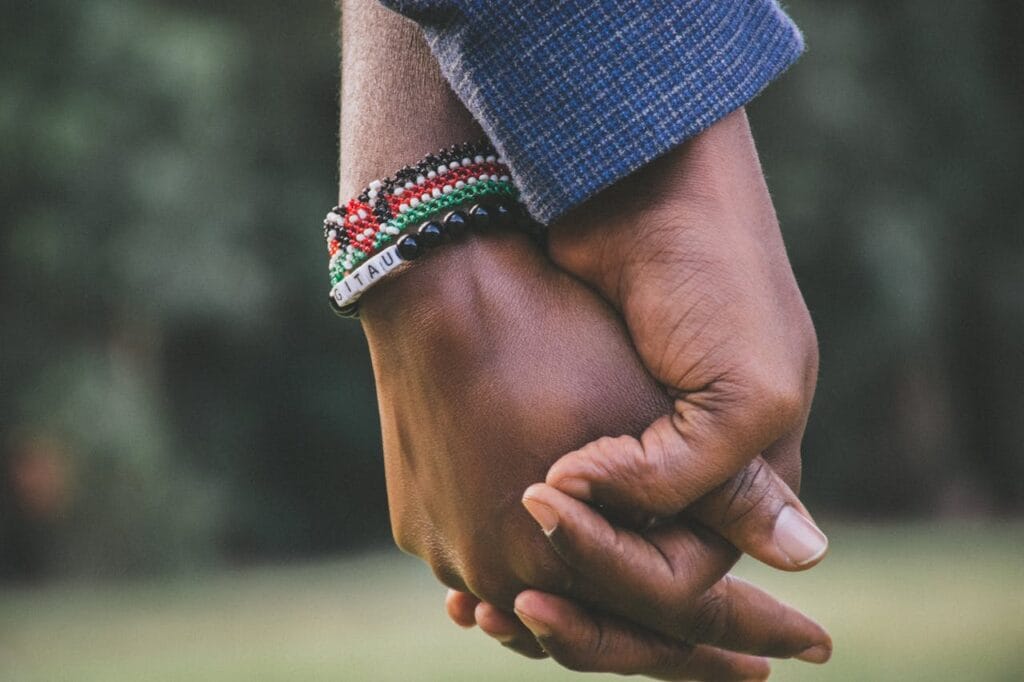A quick hug. A kiss on the cheek. Holding hands. For some people, these gestures are a natural way to show affection. For others, they can feel shocking or even inappropriate, depending on where you are in the world.
Public displays of affection (PDA) are one of the clearest examples of how culture shapes human behavior. What’s considered sweet in one country might be scandalous in another.
The West: Affection as a Sign of Openness
In much of North America and Western Europe, public affection is widely accepted, even expected. Couples hold hands, greet with hugs, or share a kiss in public without anyone thinking twice. In the U.S., PDA is often seen as a sign of confidence and emotional honesty, while in France or Italy, kissing in public can be viewed as an expression of romance rather than impropriety.
However, even in these cultures, there are unspoken limits. Intimate or lingering physical displays can still attract side-eye or discomfort, especially in professional settings or family environments.
The Middle East and South Asia: Modesty and Respect
In contrast, many Middle Eastern and South Asian cultures place strong emphasis on modesty and discretion. Public affection between romantic partners is generally frowned upon, and in some countries, even legally restricted.
In Saudi Arabia or the United Arab Emirates, holding hands may be tolerated between married couples, but kissing or embracing in public can lead to fines or arrest. In India and Pakistan, public affection often sparks controversy because it clashes with social expectations of modesty and decorum. Yet, gestures of same-gender friendship (like men holding hands) are perfectly normal and symbolize trust, not romance.
East Asia: Emotion in Private, Respect in Public
Japan, China, and South Korea often lean toward emotional restraint in public. In Japan, affection is viewed as something deeply personal, best expressed in private spaces. A couple walking together may not touch at all, yet their bond is no less strong.
This discretion is tied to cultural values of harmony and respect, maintaining social balance by avoiding behavior that draws attention or makes others uncomfortable. Younger generations, however, are slowly challenging these norms, with mild displays like handholding or cheek kisses becoming more common in major cities.
Latin America and the Mediterranean: Warmth as Connection
In contrast, affection in public is often celebrated in Latin America, Southern Europe, and parts of Africa. Physical touch, like hugs, cheek kisses, even dancing, is a normal part of connection. In Argentina, Brazil, or Spain, friends often greet with kisses, and couples openly show affection without stigma. In these regions, warmth and physical closeness symbolize openness, trust, and belonging.
A Mirror of Cultural Values
How societies handle PDA reflects deeper values: modesty, freedom, respect, or community. Whether affection is public or private, the intention behind it is universal: to connect, to care, and to express love.
So next time you see (or hesitate to share) a moment of affection abroad, remember: it’s not about right or wrong, it’s about what love looks like through another culture’s eyes.

